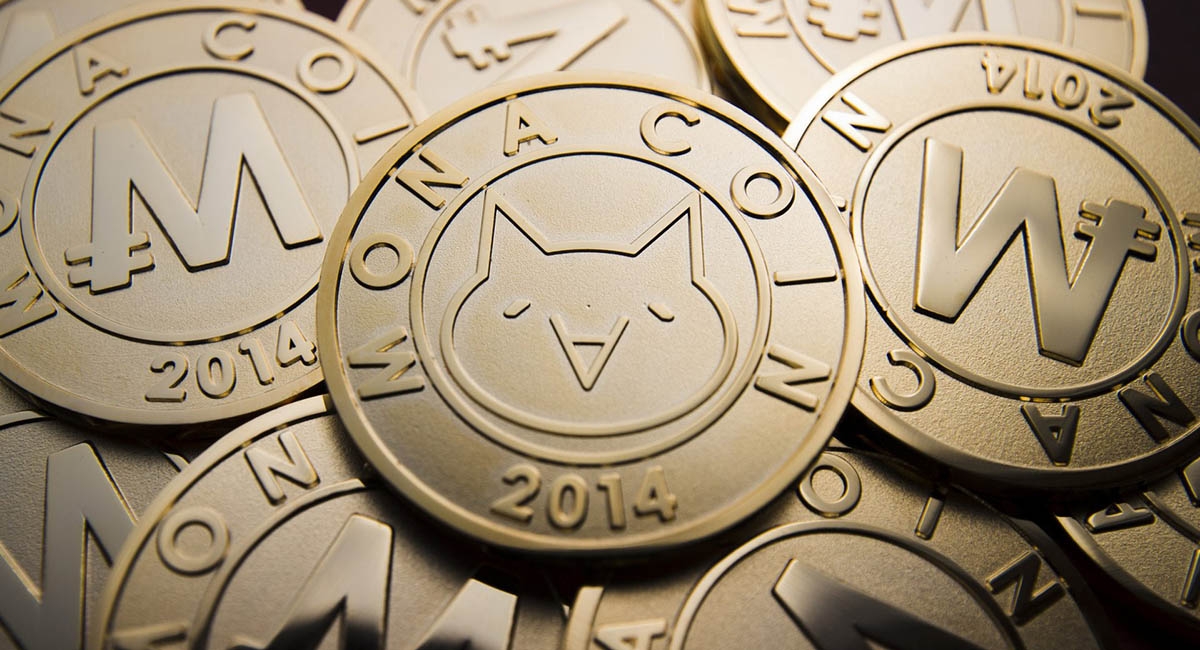
Understanding Gold-Pegged Tokens: What They Are and How They Work
Case studies have demonstrated the value that gold-pegged tokens may add to a diverse investment portfolio. For instance, the price of gold climbed by 23% in 2020 whereas the S&P 500 index only increased by 16%. So, holders of gold-pegged tokens in their portfolios would have benefited from the rise in gold's price while still having exposure to the stock market. In this article, we will discuss the tokens that are backed by real gold. Without any further delay, let's get to the topic! Start your trading journey by using a reputable trading platform like bItlq.
What are Gold-Pegged Tokens?
A sort of cryptocurrency that is intended to be tied to the price of gold is known as a gold-pegged token, often referred to as a gold-backed token or a gold stablecoin. This means that the price of gold, which is regarded as a dependable and stable store of value, directly affects the value of the gold-pegged token.
In contrast to other cryptocurrencies, gold-pegged tokens are supported by actual gold holdings. This implies that an equivalent amount of actual gold is maintained in reserve to back each gold-pegged token that is issued.
There are various kinds of gold-pegged tokens, but they all have the same fundamental feature in common: they are all linked to the price of gold. Some gold-pegged tokens are intended to be totally backed by actual gold, while others are designed to be partially backed by gold and fully backed by other assets, including fiat money.
How Gold-Pegged Tokens Work
Gold-pegged tokens work by using the concept of tokenization. Tokenization is the process of converting a physical asset such as gold into a digital asset that can be easily transferred over the blockchain.
Each gold-pegged coin is supported by a similar amount of physical gold reserves thanks to the usage of blockchain technology. As a result, buyers of gold-pegged tokens can be sure that a corresponding amount of physical gold is kept in reserve as collateral.
The process of creating gold-pegged tokens typically involves a third-party custodian who is responsible for storing and safeguarding the physical gold reserves. The custodian may be a reputable financial institution or a specialized custodial service provider who is authorized to hold and manage physical gold assets on behalf of the token issuer.
Advantages and Disadvantages of Gold-Pegged Tokens
Gold-pegged tokens offer several advantages over other types of cryptocurrencies. Firstly, they are designed to be more stable and less volatile compared to other cryptocurrencies that are not backed by any tangible asset.
Secondly, gold-pegged tokens offer a level of transparency and security that is not available with other types of cryptocurrencies. Since gold-pegged tokens are backed by physical gold reserves, investors can be confident that their investment is secure and that there is an equivalent amount of physical gold held in reserve to back it up.
Additionally, gold-pegged tokens offer the convenience and ease of use that is associated with cryptocurrencies. Investors can purchase, trade, and transfer gold-pegged tokens in the same way that they would with other cryptocurrencies, which makes them a more accessible and user-friendly investment option.
However, gold-pegged tokens also have some disadvantages. Firstly, the value of gold-pegged tokens is directly linked to the price of gold, which means that they are still susceptible to market fluctuations in the price of gold.
Secondly, the process of tokenization and custody of physical gold reserves can be complex and expensive. This may result in higher transaction fees and costs for investors who purchase gold-pegged tokens.
Real-World Examples of Gold-Pegged Tokens
There are several real-world examples of gold-pegged tokens that are currently available in the cryptocurrency market. One example is the Pax Gold (PAXG) token, which is issued by the Paxos Trust Company.
Another example is the Tether Gold (XAUT) token, which is issued by Tether Limited. The Tether Gold token is partially backed by physical gold and partially backed by other assets such as cash or cash equivalents.
Conclusion
The price of a cryptocurrency called a "gold-pegged token," often referred to as a "gold-backed token" or a "gold stablecoin," is tied to the price of gold. As gold is regarded as a stable and reliable store of value, the value of the gold-pegged token is thus closely correlated to the price of gold. Hope the guide was helpful!









